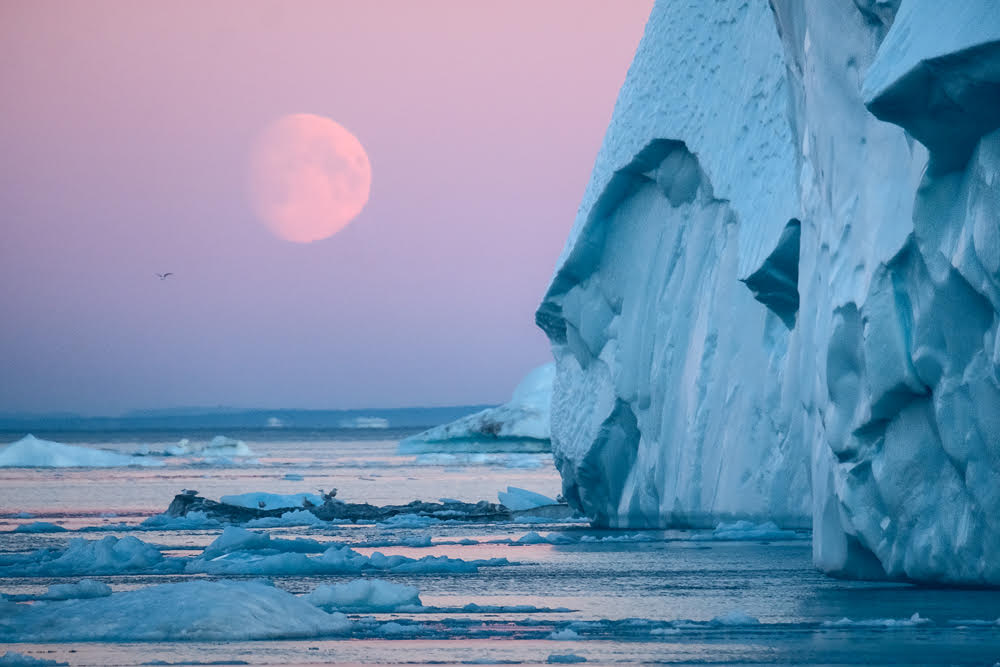All images and text by Maria Sahai. Used with permission.
I’m Maria Sahai, and I was born in a remote Russian Far East on the shores of Sea of Okhotsk, raised in the steppes of Southern Kazakhstan, and worked and lived all over the world since then. My family, working in the Soviet military, traveled around the former Soviet Union, including less known areas where polar bears roam freely, the aurora borealis can be seen for months, and the indigenous chukchas live in seal skin-covered yarangas.
For as long as I can remember, I’ve been fascinated by stories of far-away places and cultures different than mine. I’ve been fortunate to travel to many regions of the world, and I chose photography as a means to share the beauty and the people and the lands I discovered.
This is one of the reasons why my husband and I created Full Life Photo Adventures, where we take like-minded adventurers on Wildlife and Nature Photography Tours. My husband, Karim Sahai, and I travel to similar destinations, but we have a very different approach to photography.
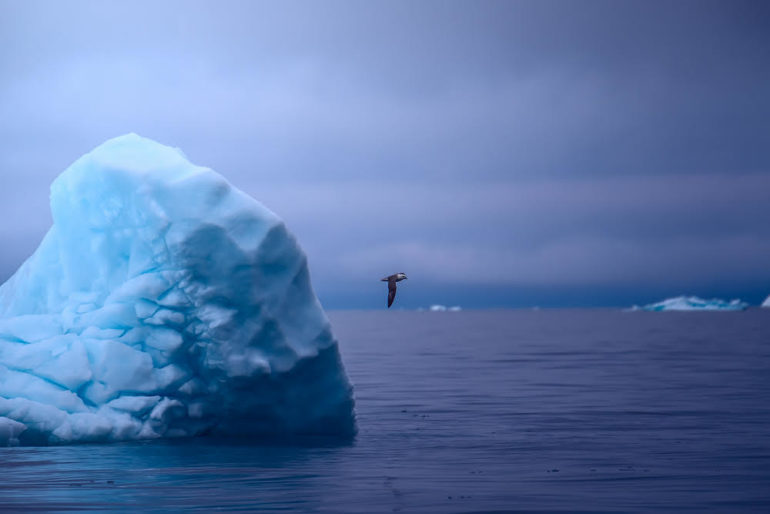
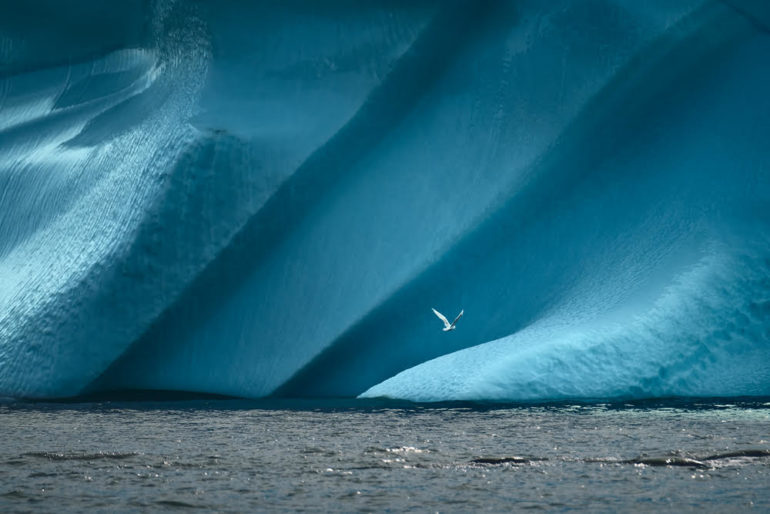
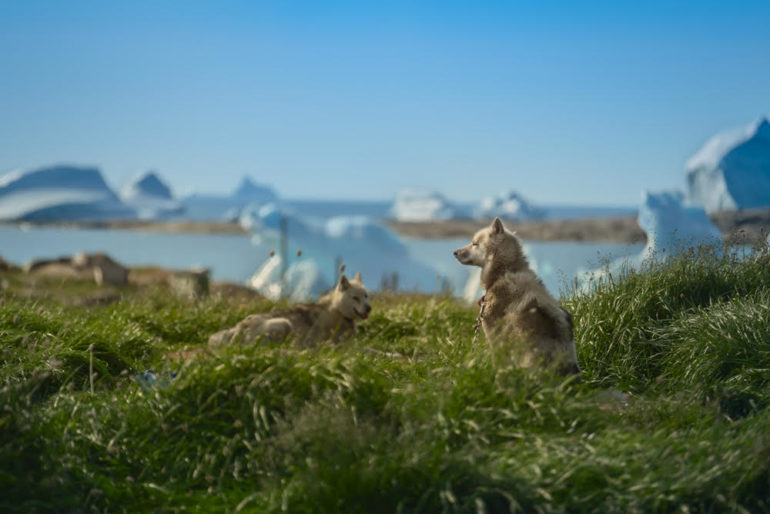
Why did you get into photography?
During the Soviet Union times my family lived in Kazakhstan, the land of vast steppes and deserts, where the temperatures in the summer get as high as 50C. My mother always had this dream of going as far North as possible, she was attracted by how remote and unexplored the Arctic region was. Therefore, one day in the 1970s she just packed her bags and flew to Magadan, a small settlement on the shore of the Arctic Ocean in the Russian Far East. A decade later I was born there; shortly after my family moved back to Kazakhstan.
But the Arctic never left my mother’s heart. My nighttime stories were legends of Russian Eskimos. I still remember the old books with illustrations of igloos, polar bears, whales, seals, northern lights and Icebergs.
Since then I dreamt of travelling to the most remote regions of our planet and photography became my tool of communicating about it with the world.
What photographers are your biggest influences?
You don’t hear that often, but my husband, Karim Sahai is my biggest inspiration. He never fails to inspire me with his love of nature. It’s also a perk that he leads workshops and classes on Photography, I learned so much from him about post production; he really helped me to understand what light is and how to see and use it correctly in my images.
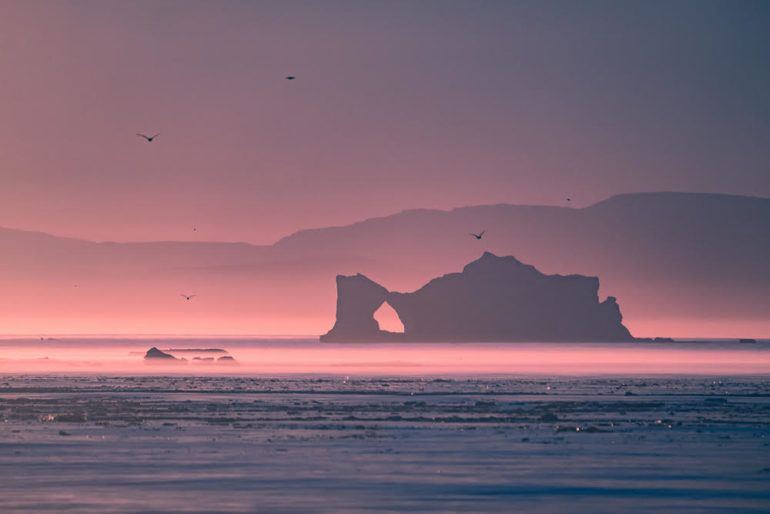
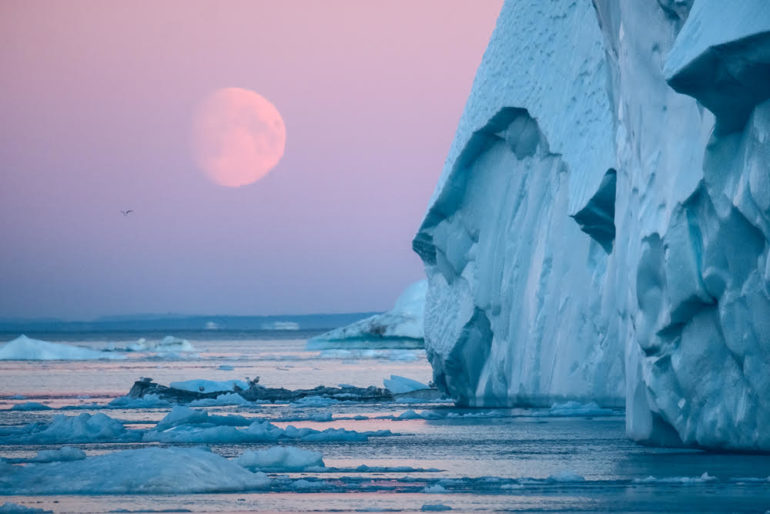
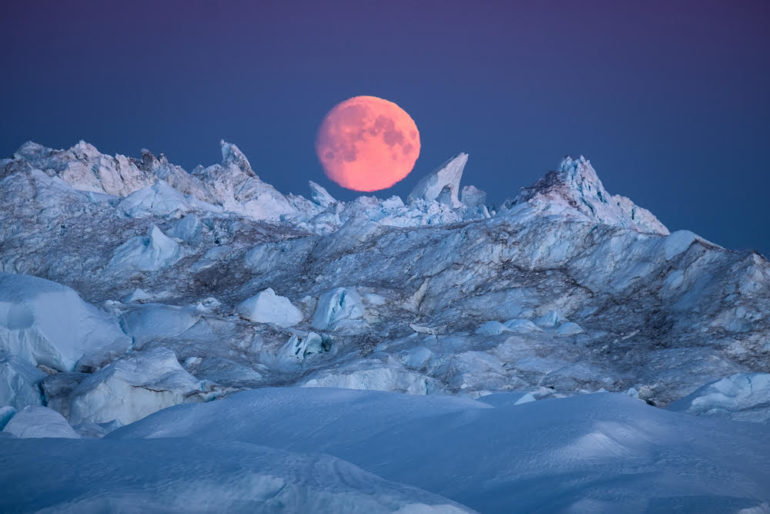
How long have you been shooting?
I got my first film point and shoot when I was about 10 years old. After a weekend in the nature with my family, we went to a Photo Store to develop the film. While waiting in the queue, I opened the back of the camera, because I was so impatient too see the images. Yes, I ruined them all. Let’s not talk about it again.
I’ve been a professional photographer for 7 years now.
Why is photography and shooting so important to you?
Photography itself is not important to me. It’s what it does to my brain that matters. When I am looking through the lens, nothing else matters. The time stops and I am submerged in the shot. People talk about the state of nirvana or euphoria, that’s my nirvana.
Do you feel that you’re more of a creator or a documenter? Why?
I mostly photograph nature and wildlife; I believe it’s impossible to be a documenter when I am surrounded by icebergs in Greenland or hiding behind rocks while shooting prehistoric Musk Oxen in Norwegian mountains. My representation of these scenes is limited by my field of view, choice of subject and later choice of images that I show (usually one or two out of 10 000 images).
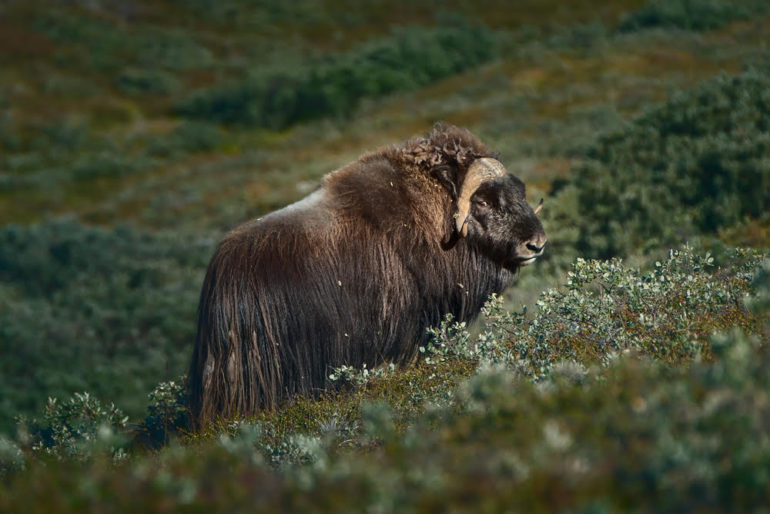
What’s typically going through your mind when you create images? Tell us about your processes both mentally and mechanically?
I don’t think of the technical side of my images. After years of doing photography daily, It’s a second nature to me.
When I am in the nature I try not to think about anything. I often close my eyes and just listen to my surroundings, I slow down my thoughts and … when I open my eyes, I see the scene in front of me with a brand new eye. That second I know what makes the view beautiful, I observe where my eyes looked first. The whole process takes a split second, but that’s how I took my best images.
Want to walk us through your processing techniques?
I select my images in several steps. First, I look through my images the day I shoot them. I can choose 15-20 out of a 1000.
Next, I return to them a month later. Around 5 images survive.
And lastly, a few months later, when I am fully detached from the photos emotionally, I can judge the them as an outsider, I can clearly see if they have any value other than my own liking.
In the end, my best 1-2 images get imported into Photoshop. I never add anything to my images that wasn’t there. I mostly work with color, contrast, and enhance the light that made me take the shot in the first place.
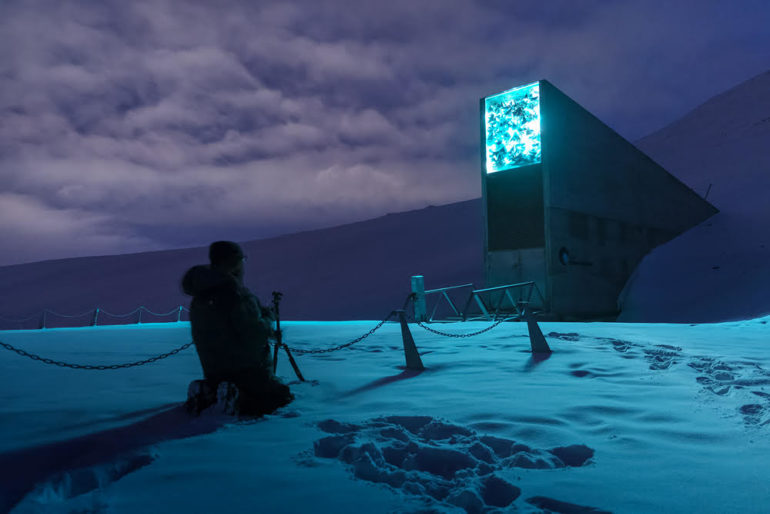
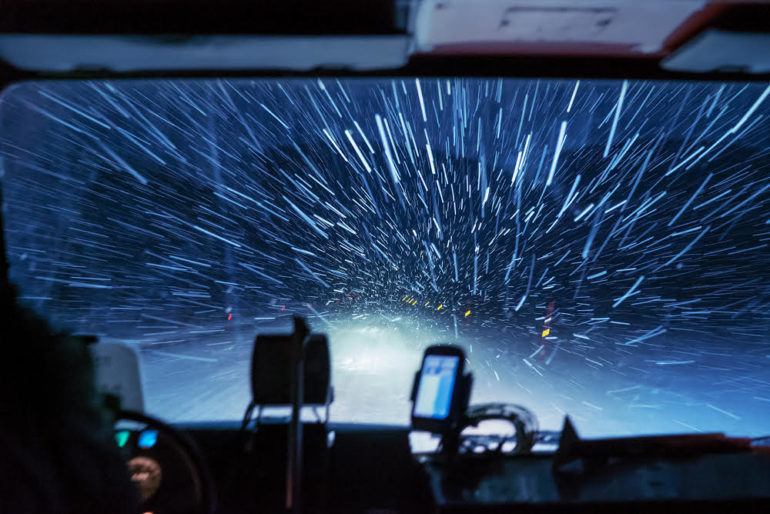
Tell us about the project that you’re pitching, or your portfolio.
I consider my Greenland gallery the best of my work so far. Greenland has a very special place in my heart. Greenlandic people are similar to the indigenous people of the Russian Arctic, where I was born. I grew up with their legends and with books with similar Arctic landscapes. I believe this close connection allowed me to take images that are infused with admiration and awe.
What made you want to get into your genre?
My mother’s stories of her Arctic adventures helped me fall in love with those remote locations. Back then I couldn’t google how those areas looked like. I could only rely on my mom’s old soviet books with black and white landscapes of the Russian Arctic.
When travelling to places like Greenland, Iceland, or Svalbard Archipelago as an adult, I caught myself photographing mostly landscapes. It’s like I couldn’t get enough of those images that before lived only in my imagination.
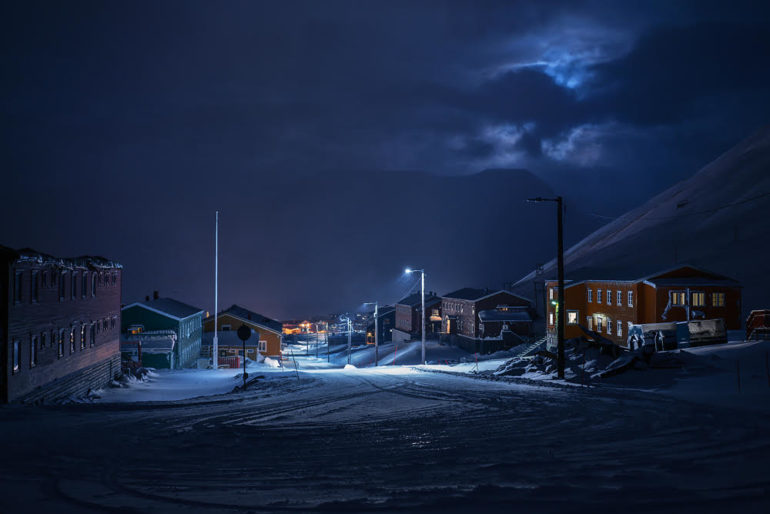
Tell us a bit about the gear that you use and how you feel it helps you achieve your creative vision
I am a loyal Fujifilm user. I used to shoot Canon, but the weight of the gear was slowing me down a lot. When hiking glaciers or travelling by dog sleds close to the North Pole, weight of my backpack really matters.
I believe that the best gear is the one that doesn’t stand in your way. I don’t to spend my energy on settings and technicalities, Fujifilm gear makes the process smooth and easy, so that I can direct all my attention to the nature around me.
What motivates you to shoot?
I shoot a lot when I am leading photography tours with my husband. Then, it’s just a shame not to capture the scenes that we get to witness.
But when I am not working, my main motivator is my family back in Kazakhstan. My website and all my social media are in English, and my family doesn’t speak English so well. Also, because of my travels I don’t get to see them so often. So images became my way of keeping them posted about my life. They see me changing and growing through my photography.
Don’t forget to visit Maria Sahai’s website and follow her on Instagram to learn more about her and her stunning landscape and nature photography.


